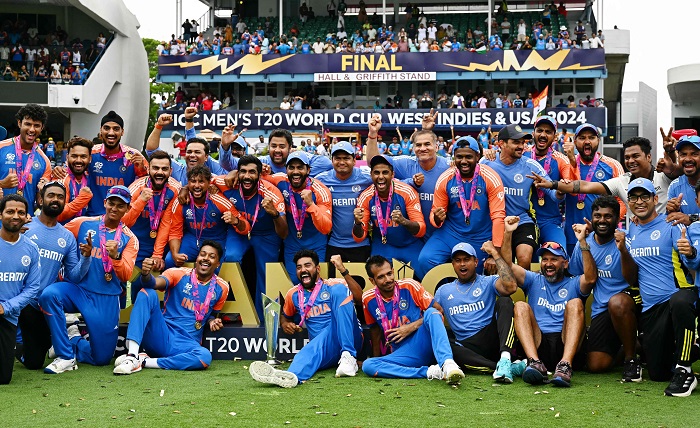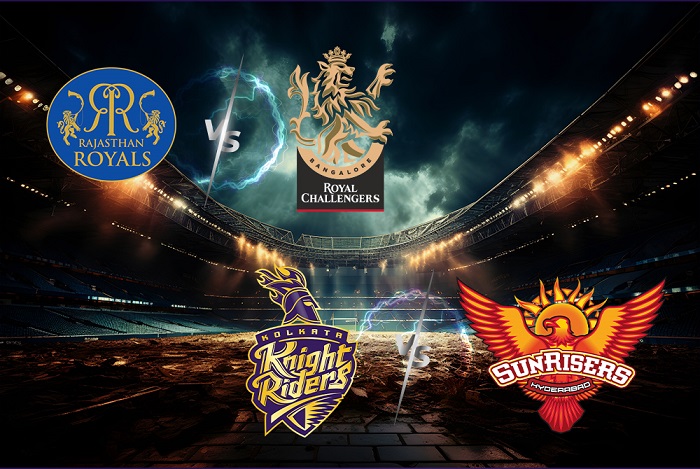India, a land of diverse cultures, traditions, and religions, is home to an array of festivals celebrated with great enthusiasm throughout the year. As the festive season approaches, the country comes alive with vibrant colors, music, dance, and rituals. Here’s a guide to some of the most anticipated upcoming festivals in India, offering a glimpse into the rich cultural tapestry of the nation.
1. Ganesh Chaturthi (September)
- When: Early September
- Where: Maharashtra, Goa, Karnataka, and Andhra Pradesh
- What: Ganesh Chaturthi marks the birth of Lord Ganesha, the elephant-headed god of wisdom and prosperity. The festival is celebrated with the installation of clay idols of Ganesha in homes and public pandals (temporary structures). Devotees offer prayers, sweets (especially modaks), and perform aarti (a ritual of worship). The festivities culminate in a grand procession where the idols are immersed in water, symbolizing the deity’s return to his celestial abode.
2. Navratri (October)
- When: Late September to early October
- Where: Across India, especially in Gujarat and West Bengal
- What: Navratri, meaning “nine nights,” is dedicated to the worship of the goddess Durga. In Gujarat, the festival is marked by Garba and Dandiya Raas, traditional dances performed by people dressed in colorful attire. In West Bengal, the festival is celebrated as with grand pandals, elaborate idols, and cultural performances. The last day, known as Vijayadashami or Dussehra, signifies the triumph of good over evil.
3. Diwali (November)
- When: November
- Where: Throughout India
- What: Diwali, the Festival of Lights, is one of the most significant festivals in India. It commemorates the return of Lord Rama to Ayodhya after a 14-year exile and his victory over the demon king Ravana. Homes are decorated with oil lamps (diyas), rangoli (colorful patterns), and lights. Fireworks, feasting, and the exchange of sweets and gifts are integral parts of the celebration.
4. Gurpurab (November)
- When: November
- Where: Punjab, Delhi, and other parts of India
- What: Gurpurab celebrates the birth of Guru Nanak, the founder of Sikhism. The day begins with Prabhat Pheris (early morning processions) and the recitation of the Guru Granth Sahib, the holy scripture of Sikhism. Langars (community kitchens) are organized at Gurdwaras (Sikh temples), serving free meals to all. The festival emphasizes the principles of equality, service, and devotion.
5. Christmas (December)
- When: December 25
- Where: Across India, particularly in Goa, Kerala, and the northeastern states
- What: Christmas, celebrating the birth of Jesus Christ, is marked by special church services, carol singing, and feasting. In Goa, the festival is celebrated with midnight masses, vibrant street parades, and decorated churches. Homes are adorned with Christmas trees, stars, and nativity scenes. The festive spirit is complemented by the exchange of gifts, sweets, and Christmas cakes.
6. Makar Sankranti (January)
- When: January 14
- Where: Tamil Nadu (Pongal), Gujarat (Uttarayan), Punjab (Lohri), and other states
- What: Makar Sankranti marks the transition of the sun into the zodiac sign of Capricorn (Makara). It is celebrated as Pongal in Tamil Nadu, where people prepare a special dish of the same name. In Gujarat, the festival is known as Uttarayan, characterized by kite flying. In Punjab, Lohri is celebrated with bonfires, singing, and dancing. The festival signifies the end of winter and the beginning of the harvest season.
7. Republic Day (January)
- When: January 26
- Where: Nationwide, with grand celebrations in Delhi
- What: Republic Day commemorates the adoption of the Indian Constitution on January 26, 1950. The highlight of the celebrations is the Republic Day Parade in New Delhi, showcasing India’s military might, cultural diversity, and achievements. The parade features tableaux from different states, performances by schoolchildren, and a display of advanced defense equipment. The day is marked by patriotic fervor, flag hoisting, and cultural programs across the country.
Conclusion
The upcoming months in India are brimming with festivals that reflect the country’s cultural richness and diversity. Whether you are a resident or a traveler, these festivals offer a unique opportunity to experience the traditions, values, and joy that define India. Each celebration is a testament to the nation’s unity in diversity, bringing together people from different walks of life in a shared spirit of festivity and devotion.




